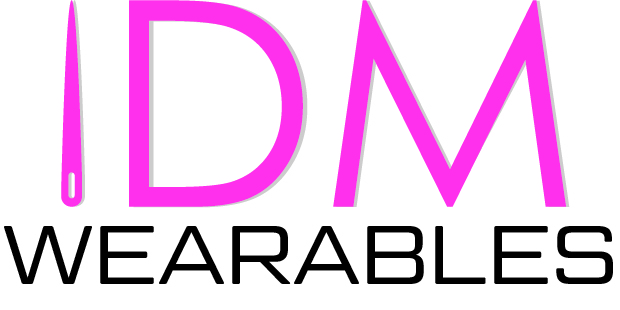Attachment to fabric:
In this test, the conductive thread is attached to the fabric with a zigzag stitch, completed on a sewing machine. To do this, you should sew on either side of the thread (not through it). The zigzag stitch is holding the thread in place, by sewing around it.
Why? Because the thread is thick and can be hard to use through a sewing machine, so we wanted to experiment with the “couching stitch” option, often used in embroidery.
Attachment between components:
In this test, we have a sewable vibration motor, and a standard battery holder and on/off button. They are all sewn with more conductive thread.



^the back of swatch 08 shows the zig-zag stitch more clearly.
Pros and Cons:
It’s mostly cons for this swatch! The single piece of thread had a lot of resistance and our vibration motor could barely be felt. We tried adding more strands of thread to create a thicker “wire” before attaching it with a couching stitch and had improved results (Swatch 08). In the images below we used 4 pieces of thread for each trace.



We also had better luck sewing the thread multiple times through a bobbin (swatch 11).
However, even if you make a trace with low resistance, it’s still a bit awkward to sew to the conductive thread with more thread to attach components. For best results you would leave extra thread at the end of your trace and use that to attach components.
This method is worth experimenting with if you’re into embroidery and prepared to conduct a few iterations. In our opinion, conductive thread is better suited for joining elements in a circuit, as a replacement to solder. For example, connecting sewable elements to fabric tape traces.




